PALLETS
WHAT ARE PALLETS?
Pallets are cargo platforms that carry loads for distribution. They can be made of wood, plastic, and metal, and come in several different types and dimensions. Flat pallets are the most common. They are available in at least nine designs, each adapted for a more or less specific purpose. Other types of pallets are box-, post-, and sheet.
WHAT DO I NEED TO KNOW ABOUT PALLETS?
It's important to know which types of pallets your goods arrive on and their dimensions and weight when choosing a truck for your business. Both factors affect if and how well a specific truck can handle the loads in a safe and efficient way.
Warehouse trucks are specialized and effective - but are also more restricted on what pallets they can handle compared to counterbalance trucks. They can have fixed forks or limited fork spread demanding specific measurements, and wheels on the forks hinder them from handling some pallet designs.
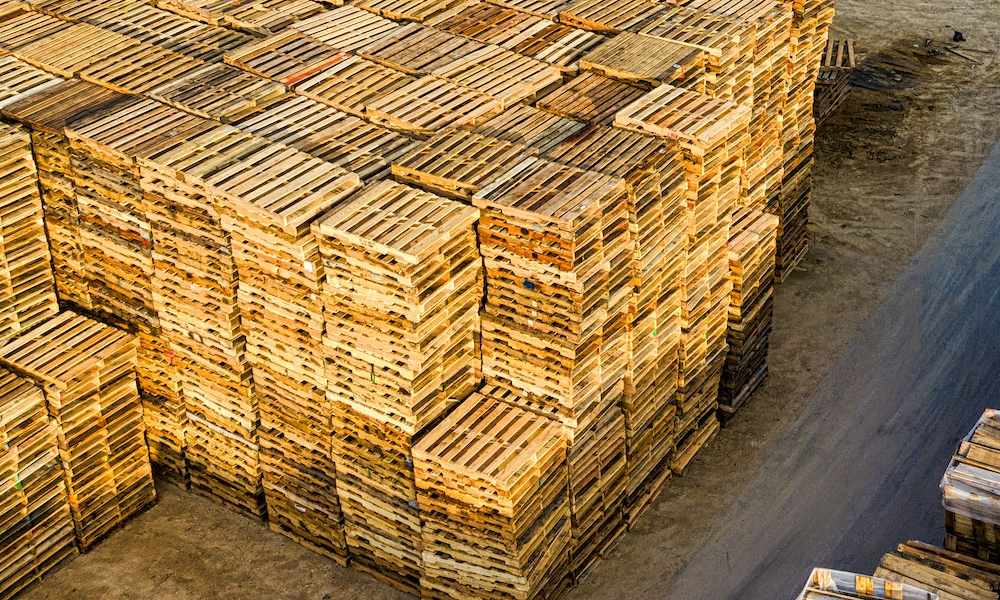
FOUR COMMON PALLET TYPES
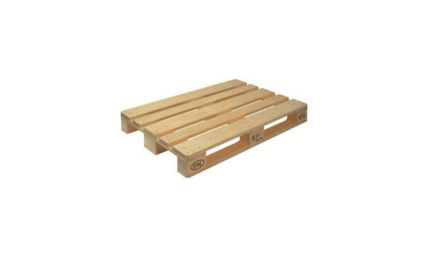
Open pallet
Also known as a Euro pallet, 4-way entry pallet, block pallet
Consists of a block construction with bottom boards on 2 sides and the centre. 2-way open entry and 2-way entry across bottom boards which give possibility to a 4-way entry.
Makes handling easy with virtually all types of forklift trucks on the open entry sides and shaped corners and bottom boards to make it easier to enter the pallet.
This type of pallet is a very common pallet type in Europe.
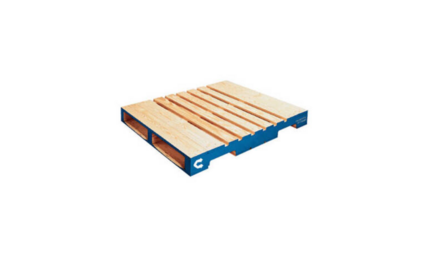
Stinger pallet
Also known as a 4-way entry pallet, block & bearer pallet, bottom board pallet, grocery pallet, GMA pallet (USA), or CPC pallet (CDA)
This is a block and side bearer (with fork cut-outs) construction. 2-way open entry and 2-way entry across bottom boards, which gives the possibility of a 4-way entry. Hand- and powered pallet trucks and support arms stackers with elevating support arms can be used for horizontal transport.
Hand pallet trucks (low fork height), reach trucks and straddle, or counterbalanced trucks need to pick this pallet up from the bearer side. Shaped bottom boards make it easier for the truck forks to enter the pallet.
This type of pallet is a very common pallet type in North America, Africa, and Asia.
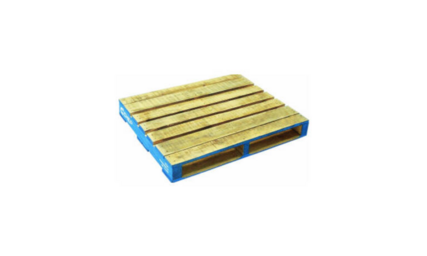
Bearer pallet
Also known as a 2-way entry pallet, block & bearer pallet, or bottom board pallet
This is a block construction with side and center bearers and with the possibility of 2-way entry only. It makes handling easy with virtually all types of forklift trucks, although it is not possible to use a fork-over-support arm stacker. Shaped bottom boards make it easier for the truck forks to enter the pallet.
This is a very common pallet type in Africa and Asia.
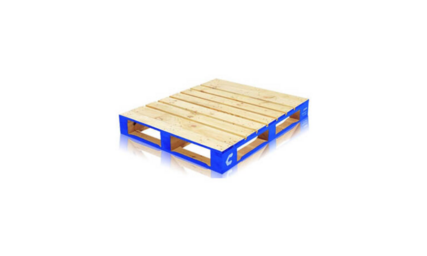
Bottom boarded pallet
Also known as a Chep pallet, 4-way entry pallet, block pallet, bottom board pallet, or GKN pallet
It consists of a block construction with bottom boards on all four sides and center. 4-way entry is possible, all across the bottom boards.
Makes handling easy with virtually all types of forklift trucks although it is not possible to use a fork-over-support arm stacker. Shaped bottom boards make it easier for the truck forks to enter the pallet.
This type of pallet is a very common pallet type in the UK.

Is there a standard pallet size?
International standard sizes don’t really exist because pallet definitions, construction standards, and terminologies vary enormously from country to country. However, national standards and unofficial branch standard sizes are common so contact your local association or organization for more information.
Not all industrial forklift truck types are compatible with all types of pallets – be sure to check pallet dimensions and load size (including overhang) before specifying your requirements on forks. The weight and content of unit loads affect the center of gravity and the residual capacity of the industrial forklift truck required for stacking.
Sizes of wooden pallets often vary from country to country, depending on usage.
